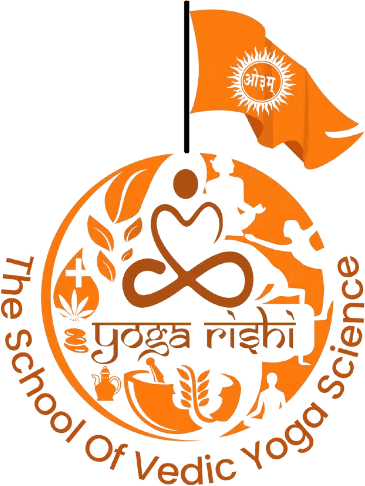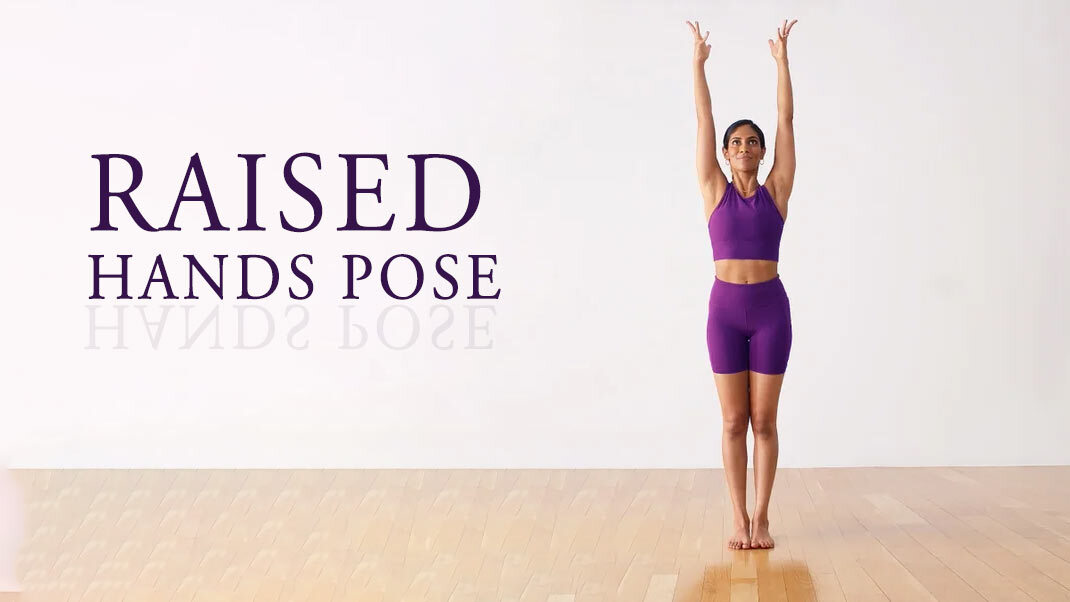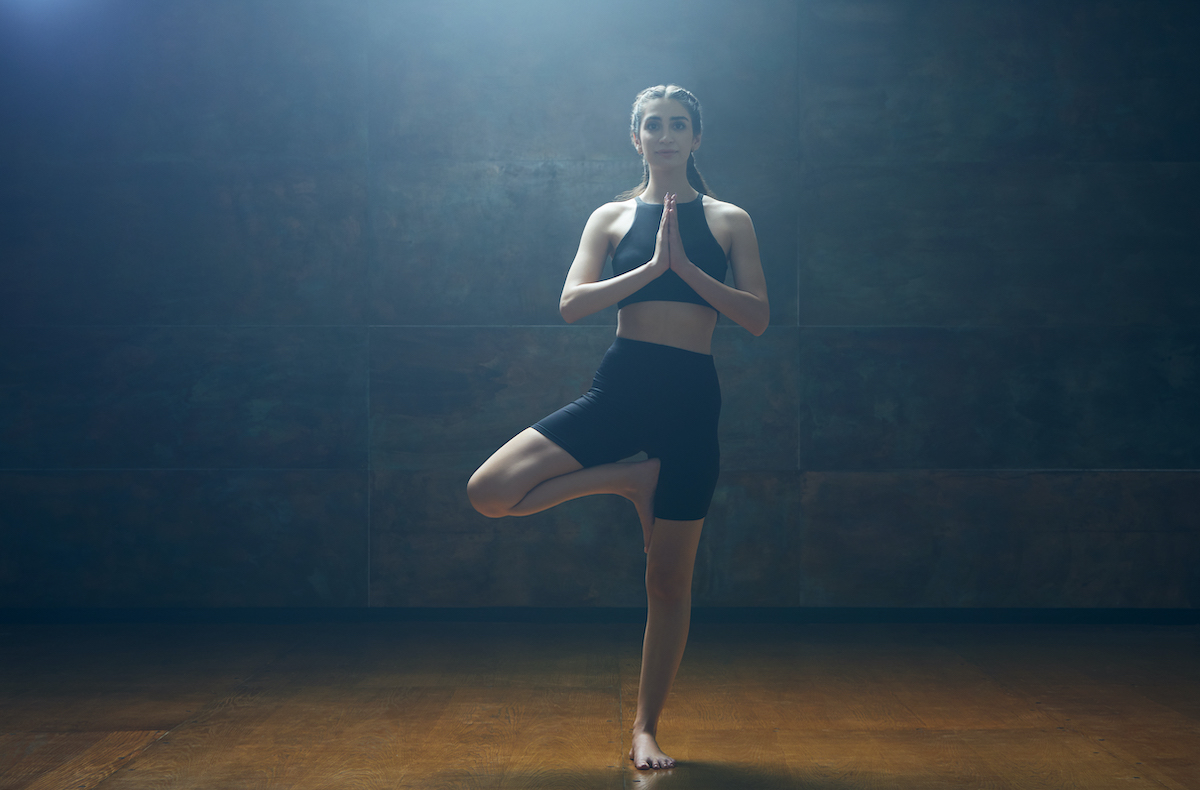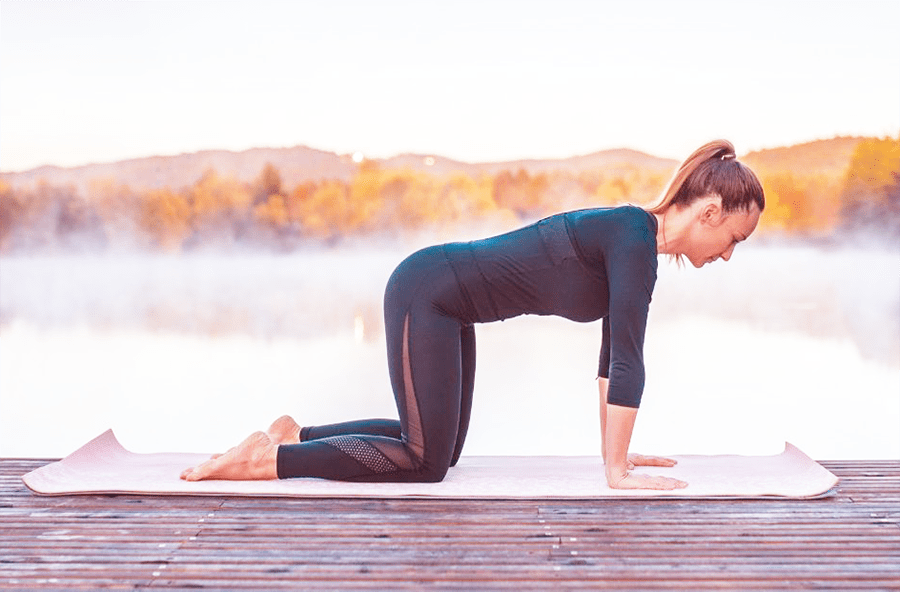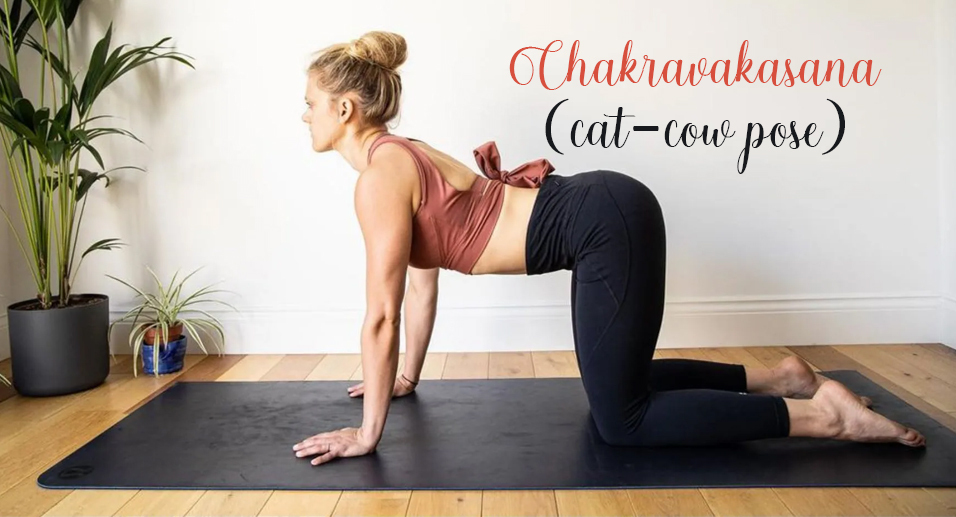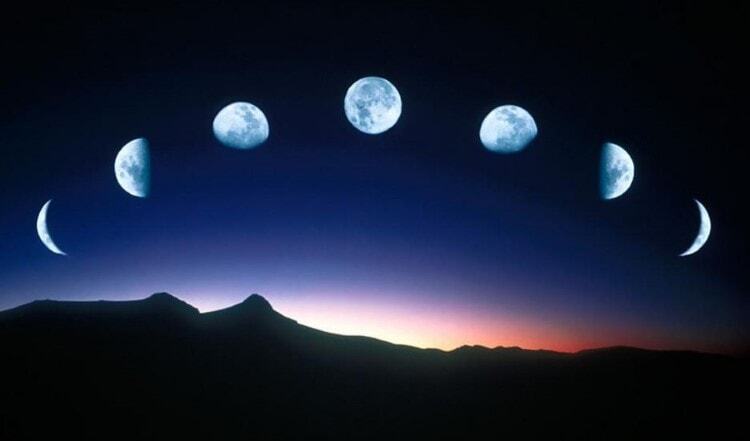
Harness Lunar Energy in Your Yoga Practice with Moon Salutations
Salutations and Types:
It is a series of rhythmic poses and motions that are done in a particular sequence in yoga. It is sometimes referred to as a “yoga flow.” The positions chosen are meant to expand the muscles, enhance elasticity, and warm up the entire body. They additionally help in enhancing attention, synchronisation, and stability.
Some instructors could modify the conventional order by adding or removing postures. But they are a sequence of rhythmic motions that are meant to prime the human body for other yoga workouts, but their fundamental principles continue to be unchanged.
Types:
In yoga, you’ll find their numerous types, each having a certain pattern and goal. Following are a few that are frequently utilised:
- Sun Salutation or Surya Namaskaar
- Moon Salutation or Chandra Namaskaar
- Ashtanga Salutation or Ashtangaa Namaskaar
- Warrior Salutation or Virabhadrasana Namaskaar
- Shiva Shakti Salutation
What are Moon Salutations?
Yoga poses or a flowing sequencing called Moon Salutations, also called Chandra Namaskaar, are intended to respect and engage with the divine energy of the moon.
The opposite of sun salutations is the moon salutation. Moon Salutations are often slower-paced, calming, peaceful, and meditative in character as contrasted with the more engaged and energising Sun Salutations. A moon salutation features identical positions to a sun salutation, however they are done in an alternative sequence and with an entirely distinct emphasis.
A sensation of calm and contemplation can be developed by practitioners thanks to the tempo, which is often slower and more methodical. They frequently use smooth, flowing gestures that resemble the moon’s supple, delicate motions. They serve to build an awareness of inner serenity, psychological equilibrium, and an affinity to the feminine energy inside and have a relaxing and balancing impact on both mind and body.
Right Time to Perform Moon Salutations:
Although these can be practised at any point in the day, it is frequently advised to do so in the evening time or after the moon is seen in the sky. As the lunar power is thought to be at its highest point during the full moon stage, these are especially effective at this time.
Nevertheless, it is crucial to pay attention to the way you feel and only practise when it is comfortable for you. If it is not possible for you to do them in the evening, you could still benefit from the practise by altering it to meet your time constraints. The creation of a calm and tranquil environment is vital.
Steps of Performing Moon Salutations:
Here is a basic sequence of steps to perform:
- Start out upright in Taadasana, with feet alongside one another, spine erect, and arms at the sides of the body.
- Extend the spine as you breathe in and lift arms aloft with the hands towards one another.
- After breathing out, softly fold into the Uttanasana position, folding the knees as necessary. Loosen the neck and head by doing so.
- Taking a long breath, slide the left foot back to Anjaneyasana while maintaining a straight right knee over the ankle. For assistance, put the palms on the ground or on some blocks.
- With the knees lying on the ground, breathe out and bring your right foot back to an altered Kumbhakaasana. Brace the core muscles while positioning the wrists beneath shoulders.
- Take a deep breath in and engage in Ashtanga Namaskaara by lowering the knees, chest area, and chin to the floor while maintaining the elbows near your torso.
- Breathe in and go into Bhujangaasana, elevating your upper body off the floor while spreading your arms. Remain calm and keep shoulders far from your ears.
- Breathe out, then enter Adho Mukha Svanasana by lifting both of your hips back and up. Extend your spine, compress the palms into the surface, and point your heels downwards.
- Continuing the position from Step number 4: Breathe in and bring the left foot forwards into a Low Lunge position on the opposite side.
- In Uttanaasana, breathe out and bring your right foot forwards to meet your left foot.
- Breathe in as you straighten your spine and stand up, raising your arms high.
- Proceed to Taadasana, while your hands are situated at the base of your heart, and breathe out.
Precautions to be Taken:
The following safety measures should be followed:
- Stop the posture and adjust it if you experience discomfort or pain.
- To avoid injuries, heat up before starting.
- If necessary, utilise props.
- In each posture, be certain that that the shoulders remain at ease and the spine is erect.
- Have a couple of breaths if you require them before proceeding.
- If you happen to have any injuries, see a physician prior performing them.
- Prior to beginning these, pregnant women should see their doctor.
- Refrain from holding your respiration in any of the positions if you have elevated blood pressure.
Get the Amazing Benefits:
- Stretching out the muscles in our bodies
- Help to enhance coordination and equilibrium,
- Lower anxiety and nervousness, and promotes sleeping conditions by soothing the mind and body
- Help strengthen the immune system by boosting blood flow and promoting the generation of white blood cells.
- Stimulate the digestive system to enhance metabolism
- Strengthen connection with the moon energy and promote psychological recovery, instinct, and inner knowledge.
- Aid in alleviating period cramps by boosting flow to the pelvic area and calming the muscles of the uterus
- Decrease weariness by raising your level of energy and stimulating circulation.
Conclusion:
In conclusion, Chandra Namaskaar is a terrific choice if you are seeking for a peaceful and relaxing yoga practise to help you unwind and get ready for sleep.
FAQs:
Q: How Sun and Moon Salutations are different?
A: Moon Salutations are often slower-paced, calming, peaceful, and meditative in character as contrasted with the more engaged and energising Sun Salutations.
Q: What is the best time to perform Moon Salutations?
A: Although these can be practised at any point in the day, it is frequently advised to do so in the evening time or after the moon is seen in the sky.
Q: Can pregnant women practice Moon Salutations?
A: Pregnant women should consult their doctor before going for these.
Q: Can a yoga beginner perform Moon Salutations?
A: Yes, beginners can begin with easier variations of the postures and progress to the entire sequence over time.
Q: Should Moon Salutations be performed only during full moon?
A: As the lunar power is thought to be at its highest point during the full moon stage, moon salutations are especially effective at this time.

